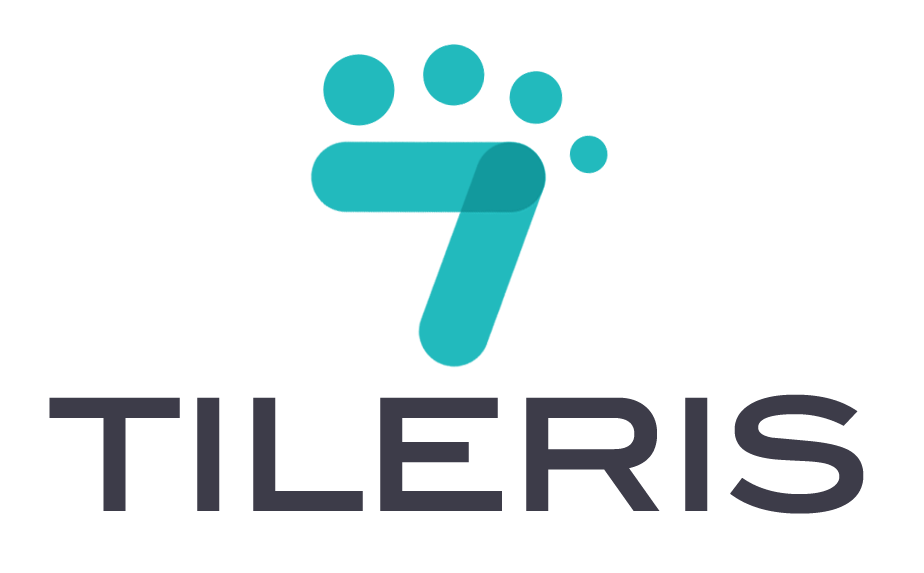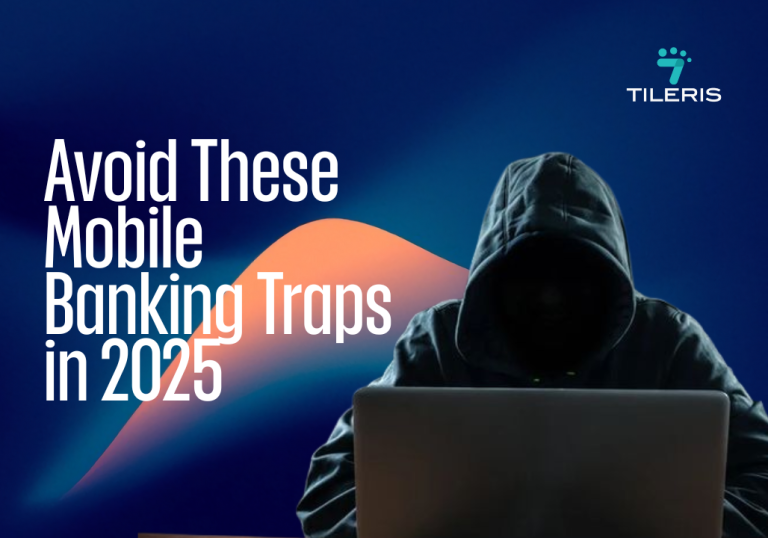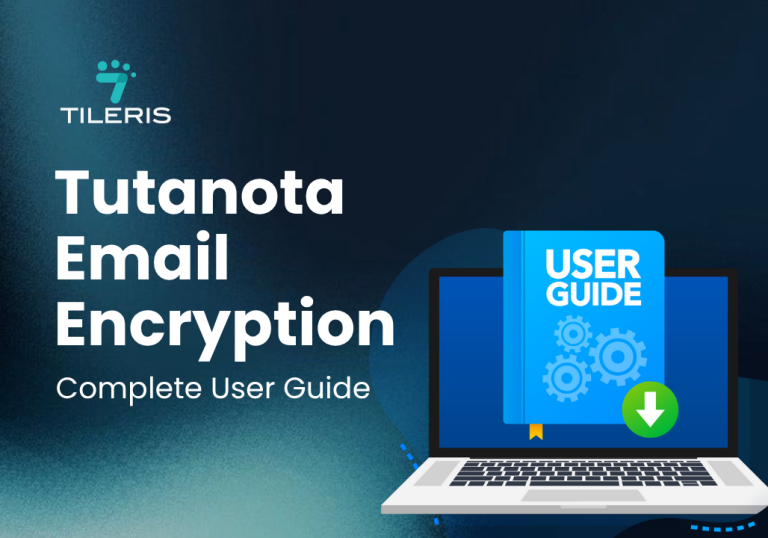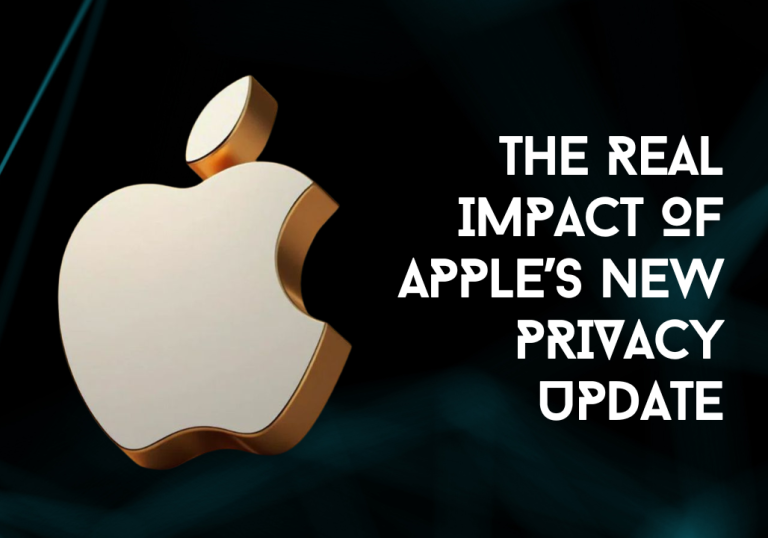What Cybersecurity Professionals Do Every Day: A SOC Analyst’s View
Introduction
Ever wondered who stands guard in the dark corners of the internet, keeping your digital life safe? Or did you ever think machines did it? It’s not always a lone hacker in a dark room (as we see in those action movies). Often, it’s a dedicated team of professionals working in a Security Operations Center (SOC). Think of a SOC as the central house of a digital fortress, and the SOC Analyst as the Head of Security Operations. Today, in this post, we will be going behind the screens to give you a peek into what a cybersecurity professional, specifically a SOC analyst, actually does every day. It’s a mix of detective work, quick thinking, and a whole lot of dedication! Keep reading!

Who exactly is a SOC Analyst?
An Security Operations Center (SOC) Analyst is a cybersecurity professional whose primary job is to be the foremost defender of an organization’s digital assets. They work within a SOC, which as mentioned earlier, is essentially a command center where cybersecurity experts monitor, detect, analyze, and respond to cyberthreats and incidents in real-time. Think of them as the digital watchdogs, constantly scanning for anything suspicious that could compromise the company’s networks, systems, and valuable data. Their mission is to prevent cyberattacks or, if one occurs, to quickly identify, contain, and resolve it, reducing damage and downtime to the minimum.
How the Day Starts: The Digital Patrol
A SOC analyst’s day usually begins before the sun comes up. Their work is done in shifts as the center cannot be left unmanned. SOC analysts could also work remotely or on site. One of the first things they do is settle into their “command center” –a desk with monitors glowing with dashboards. They check the handover notes or emails from the previous shift. Did anything major happen? Are there any ongoing investigations? This quick briefing is crucial, as the digital battlefield never sleeps. They need to be ready.
Next, the analyst reviews the overall “health” of the networks and systems they’re protecting. Are there any unusually high numbers of alerts? Any systems showing strange behavior? Are there false positives? It’s like a doctor checking a patient’s vital signs first thing in the morning.
The Heart of the Job: Alert Detections
This is where the real challenge and continuous engagement begins. Throughout the day, a SOC’s security systems constantly generate “alerts.” An alert is like a tripwire, it signals that something might be wrong, from a suspicious login attempt to unusual file activity. A SOC analyst’s main job is alert triage (which is the process by which alerts are sorted and classified) and investigation. Imagine thousands of these tripwires going off every hour. Many are false alarms –a legitimate employee logging in from a new location, or a software update that looks suspicious to a machine. In fact, a typical SOC team can face a lot of alerts per day. This volume of alerts can lead to “alert fatigue,” where real threats might be missed amidst the noise. Their goal is to quickly figure out: Is this a real threat, or just noise?
The analyst digs into the details:
- What happened? A user tried to log in multiple times incorrectly.
- Where did it happen? From a foreign country.
- When did it happen? At 3 AM.
- Who is involved? A particular employee’s account.
They pull up various “logs” –digital records of activity– and connect the dots like a detective solving a case. This involves checking if the user usually logs in from that country, if the account was recently active, or if there’s any other strange behavior associated with it. This is where AI helps immensely, by filtering out much of the obvious “noise” and highlighting the truly suspicious alerts, so the analyst can focus on the real threats.
When Things Get Real: Incident Response
Every analyst hopes for a quiet day, but sometimes, an alert is the real deal. When an analyst confirms that an alert is a genuine threat, perhaps a new piece of malware has snuck in, or a suspicious file has been executed– their role shifts into high gear: incident response. This is the adrenaline-pumping part. The team moves quickly to:
Containment
Stop the threat from spreading. This might mean isolating an infected computer from the rest of the network.
Eradication
Get rid of the threat completely. This could involve removing malware, patching the vulnerability exploited, or kicking out the attacker.
Recovery
Restore affected systems and data to normal operations. This often means restoring from backups.
Working against the clock is important. Studies show that the faster a breach is identified and contained, the lower its overall cost. For example, according to a study by IBM, the average time to identify a data breach in 2024 was 204 days, and the average time to contain it was 73 days. Every minute a SOC team can reduce those numbers helps protect a business from further damage. IBM
Beyond the Firefighting: Other Proactive Measures
A SOC analyst’s day isn’t just reacting to alarms. A significant part of the job involves being proactive by doing the following:
1. Threat Hunting
Sometimes, they go looking for trouble even when no alarms are ringing. They actively search for hidden threats or suspicious patterns that might indicate an attacker is quietly lurking in the network. It’s like a digital patrol, looking for footprints that might have been missed.
2. Tuning
They constantly refine their security tools. If a certain type of alert keeps being a false positive, they adjust the system to be smarter, reducing “alert fatigue” and allowing them to focus on what truly matters.
3. Documentation & Reporting
Every investigation, every incident, every finding needs to be carefully documented. This helps the team learn from past events, improve their defenses, and provide clear reports to management.
4. Staying Sharp
The cyberthreat landscape changes every single day. Analysts spend time learning about new attack methods, new vulnerabilities, and new defense strategies. Cybersecurity is a field where professionals never stop learning. The demand for skilled professionals in this field is incredibly high, with a global cybersecurity workforce gap of over 4 million people in 2023. This constant learning is essential to bridge that gap.
The Human Element: Teamwork and Communication
While a lot of a SOC analyst’s work involves screens and data, they are never truly alone. They work closely with other SOC analysts, sharing insights and helping each other solve complexities. No man, or field is an island. They also communicate constantly with IT teams, developers, and even management, explaining complex security issues to them. Strong teamwork and clear communication are just as vital as is their technical skills.
Real-World Case Study: The SolarWinds Attack
Consider the major SolarWinds supply chain attack that came to light in late 2020. The SolarWinds attack was a massive cyberattack discovered in 2020, where hackers broke into U.S. government agencies and many private companies by sneaking malware into software updates of a trusted tech company called SolarWinds. When thousands of organizations downloaded these seemingly legitimate updates, they unknowingly let the attackers into their own networks.
A breach like this would have SOC analysts working tirelessly. They would be the ones sifting through millions of logs, identifying the subtle signs of compromise, tracing the attacker’s steps (even if they were moving slowly), and coordinating containment efforts across various affected systems. It was the great effort of cybersecurity professionals that ultimately uncovered this widespread threat, showing how important the continuous vigilance and rapid response of SOC teams are in defending against even the most advanced enemies.
Conclusion
The life of a SOC analyst is a continuous cycle of vigilance, investigation, and fast response. It’s about being the guardians, the first responders, and the detectives of the online world. While the threats are constantly developing, knowing that dedicated professionals are working tirelessly every day to protect your digital life –checking through alerts, responding to incidents, and proactively hunting for dangers– should offer a great deal of reassurance to you. These professionals are the eyes and ears, keeping watch so your business has no cause for alarm. Now that you know more about what they do, appreciate one when you see them.
Read how to land your first cybersecurity job with no experience! And read more on cybersecurity jobs.
Frequently Asked Questions (FAQs)
Q: Is a SOC analyst’s job just sitting and watching screens all day?
A: While there’s a lot of screen time, it’s far from just “watching.” It’s active detective work: analyzing data, connecting clues, solving puzzles, and responding rapidly to confirmed threats. It’s a highly engaged role that requires critical thinking.
Q: Do SOC analysts work alone, or are they part of a team?
A: SOC analysts are almost always part of a team. They collaborate constantly with other analysts, share knowledge, and takeissues to more senior experts when needed. Teamwork and clear communication are crucial for effective defense.
Q: Do you need to be a coding genius to be a SOC analyst?
A: Not necessarily. While some scripting or coding knowledge can be helpful for automation, the core skills for a SOC analyst are critical thinking, problem-solving, understanding network and system fundamentals, and keen attention to detail. Many roles focus on analysis and response rather than deep coding.
Tileris provides expert cybersecurity services, offering your business a dedicated cybersecurity. Let us be your digital guardians, so you can focus on what you do best. Contact Tileris today to strengthen your cyberdefenses! Visit http://tileris.com





